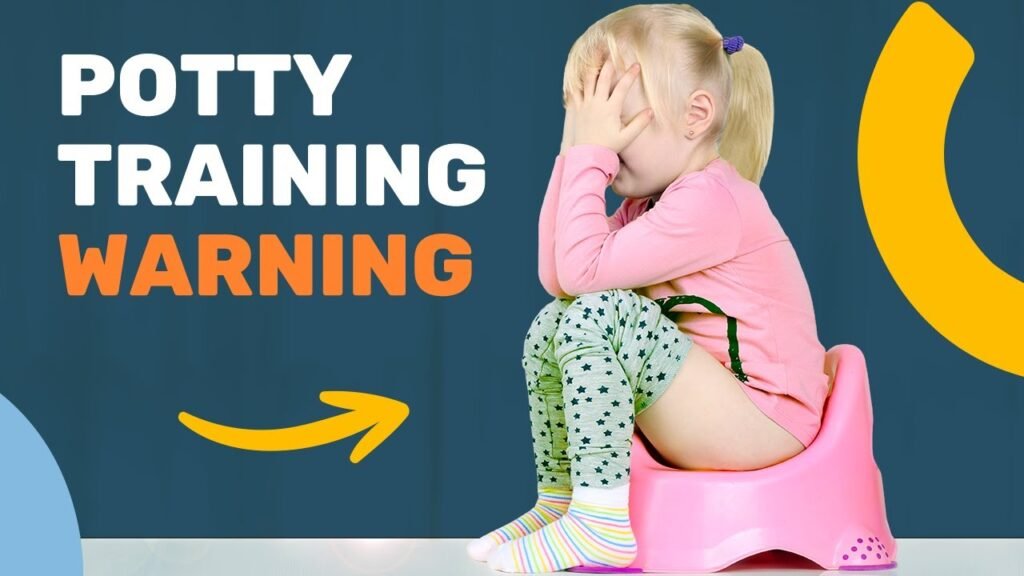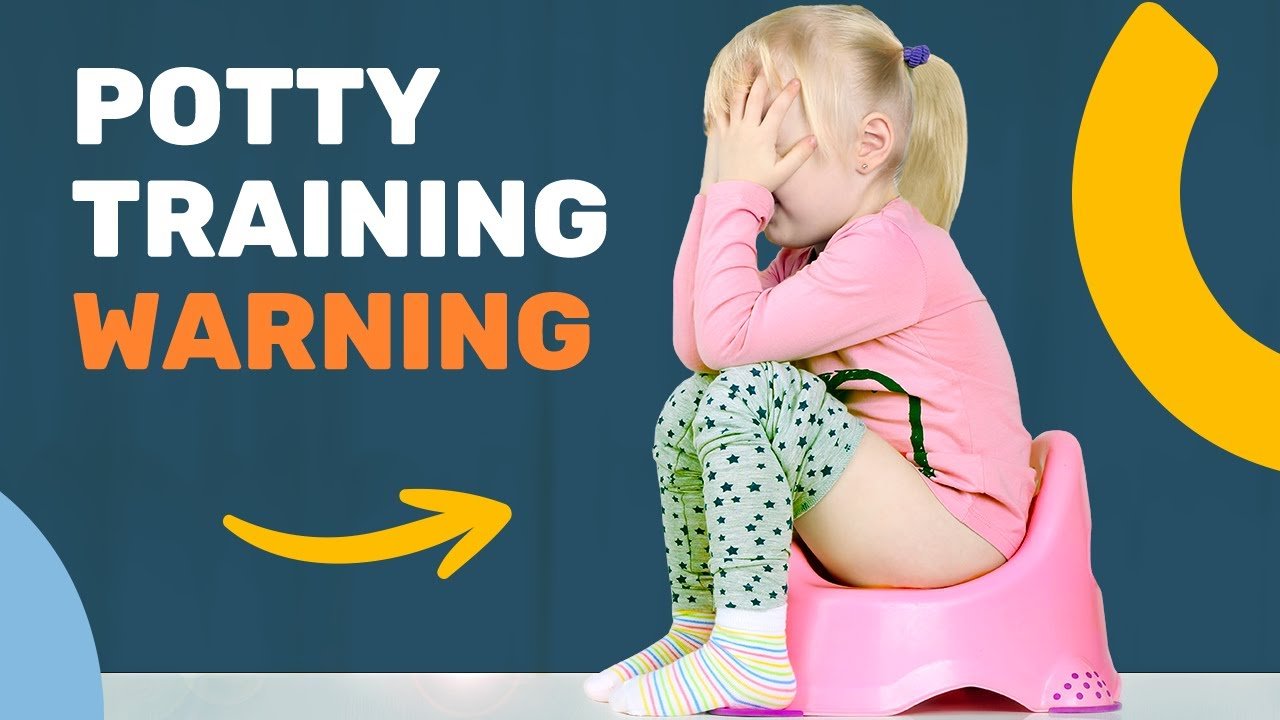“The Key to Successful Potty Training: Readiness and Developmental Milestones” is a video by Emma Hubbard that aims to help parents struggling with potty training. This informative video addresses the common causes that hinder successful potty training and the potential problems that can arise if not done correctly. Emma outlines the three crucial signs to look for to ensure that your child is ready to start potty training. By understanding these signs, parents can save months, or even years, of frustration and avoid issues such as chronic constipation, urinary tract infections, and a fear of the toilet.
One significant factor to consider is timing. Emma explains that if significant changes are occurring in your child’s world, it may not be the best time to start potty training. Whether it’s a small change like a new babysitter or a big change like moving houses, toddlers thrive in familiar environments, and any disruption can make them feel unsettled. By waiting until the child feels secure again, parents can set them up for a successful potty training experience. In addition to timing, parents should also ensure that their child is physically ready, as indicated by being able to stay dry for one to two hours and having soft form poos. By addressing these important readiness factors, parents can simplify the potty training process and help their child transition smoothly into using the toilet.
The Importance of Readiness
Potty training is a major milestone for both parents and children. However, starting too early can lead to problems and setbacks. It is crucial to ensure that your child is ready before embarking on the potty training journey. In this article, we will discuss the signs of readiness, the importance of avoiding potty training during periods of change, and the significance of developmental milestones.
Recognizing the signs of readiness
Before diving into potty training, it is important to recognize the signs that your child is ready. One of the first signs is stability in their world. If there are significant changes occurring in your child’s life, such as moving to a new home, a new baby in the family, or the loss of a family member, it is best to wait until things settle down before starting potty training. Toddlers thrive on familiarity, and major changes can make them feel unsettled and hinder their progress.
Another sign of readiness is the ability to stay dry for at least one to two hours at a time. This indicates that their bladder has grown and can hold a larger amount of urine. It also suggests that your child is gaining control over their bladder and bowel muscles, which is essential for successful potty training. Additionally, it is important to ensure that your child is having soft form poos, as constipation can hinder the potty training process.

Avoiding potty training during periods of change
As mentioned earlier, it is crucial to avoid starting potty training during periods of change in your child’s life. Even seemingly small changes, such as going on vacation or having a new babysitter, can affect their readiness for potty training. Children feel safe and comfortable when their environment and routines are familiar. When faced with changes, they may become clingy, uncertain, or show a preference for diapers as a source of comfort.
During these times of change, it is best to give your child space and time to adjust before introducing potty training. Once they feel secure again, they will be more receptive to the process and have a higher chance of success.
Developmental milestones and their significance
Developmental milestones play a crucial role in determining your child’s readiness for potty training. As mentioned earlier, the ability to stay dry for one to two hours is an important milestone. This indicates that your child’s bladder capacity has increased, and they are developing control over their bladder and bowel muscles.
In the first year of life, infants have no control over when they urinate as their bladders automatically empty when full. Between the ages of one and two, they start to notice the feeling of a full bladder and associate it with the need to use the bathroom. This awareness signifies their understanding of their body and is an early sign of readiness for potty training.
Between the ages of two and four, children gain more control over their bladder and bowel muscles, including the sphincter and pelvic floor muscles. They are able to empty their bladder when it is full, typically every one to two hours. If your child can stay dry for this duration, it is a strong indication of their physical readiness for potty training.
Addressing constipation
Constipation can significantly impact the potty training process and should be addressed before starting. Constipation can cause pain while pooping, leading to reluctance or fear of using the potty or toilet. Children may hold on or avoid the bathroom altogether, making the process more challenging.
In addition to the discomfort, constipation can have physical effects on the body. When a child is constipated, a large amount of hard compacted stool accumulates in the bowel, causing it to stretch. This stretching reduces the bowel’s ability to contract and move stool through the digestive system, making it difficult to pass. It also makes the bowel less sensitive, making it hard for children to feel the urge to poop. This can result in accidents or soiling themselves.
To ensure successful potty training, it is important to address any underlying constipation before starting. Seek medical advice if your child is experiencing constipation to develop a plan for relieving it.
Smooth Transition to Potty Training
Once you have determined that your child is ready for potty training, it is essential to make the transition as smooth as possible. Here are some tips to help you have a quick and stress-free potty training process:
-
Get the essential potty training products: Invest in items such as a potty chair or toilet seat insert, step stool, and training pants. These products will make the process easier and more comfortable for your child.
-
Establish a routine: Create a consistent potty routine and encourage your child to sit on the potty at regular intervals, such as after meals or before bedtime. Consistency will reinforce the habit and make them more comfortable with the process.
-
Use positive reinforcement: Praise and reward your child for their efforts and successes. This can be as simple as verbal encouragement or a small treat. Positive reinforcement will motivate your child and make the experience more enjoyable.
-
Be patient and understanding: Potty training is a learning process, and accidents are bound to happen. Stay patient and supportive, avoiding punishment or negative reactions. Understand that your child is trying their best and encourage their progress.
-
Make it fun: Use books, songs, or toys to make potty training a fun and engaging experience. This will keep your child interested and enthusiastic about the process.
By following these tips, you can ensure a successful and stress-free transition from diapers to the toilet.
Remember, every child is different, and potty training may take time. Stay patient, celebrate small victories, and provide support and encouragement throughout the process. With readiness and a positive approach, you can make potty training a smooth and memorable milestone in your child’s development.

